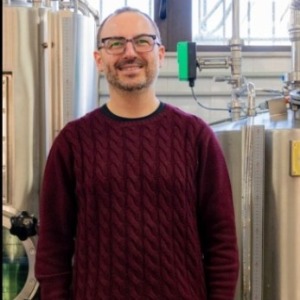8th Edition of Euro Global Conference on
Food Curcumin
Curcumin, a natural compound found in the rhizome of the turmeric plant (Curcuma longa), has gained significant attention in recent years due to its potential health benefits and culinary applications. As the primary bioactive compound responsible for the vibrant yellow color of turmeric, curcumin has long been used in traditional medicine and culinary practices, particularly in South Asian cuisines. In addition to its role as a food colorant and flavoring agent, curcumin is renowned for its antioxidant, anti-inflammatory, and antimicrobial properties. These health-promoting effects have sparked interest in curcumin as a dietary supplement and functional ingredient in a variety of food and beverage products. Research suggests that curcumin may offer a range of potential health benefits, including supporting joint health, promoting cardiovascular health, and protecting against chronic diseases such as cancer and neurodegenerative disorders. However, the bioavailability of curcumin is limited by its poor solubility and rapid metabolism in the body. To overcome these challenges, researchers have explored various strategies to enhance the bioavailability of curcumin, such as formulating it with other bioactive compounds, encapsulating it in lipid-based nanoparticles, or utilizing novel delivery systems. In the food industry, curcumin is used to impart color, flavor, and health benefits to a wide range of products, including sauces, condiments, beverages, snacks, and supplements. Its versatility and natural origin make curcumin an attractive alternative to synthetic food additives and artificial colorants. Moreover, consumer demand for natural and functional ingredients has driven the incorporation of curcumin into a growing number of food and beverage formulations. However, challenges remain in optimizing the stability, solubility, and bioavailability of curcumin in food products, as well as addressing regulatory considerations and consumer acceptance. Despite these challenges, the popularity of curcumin continues to grow, fueled by ongoing research and innovation in food science and nutrition. As our understanding of curcumin's health benefits and culinary potential expands, it is likely to become an increasingly prominent ingredient in functional foods, dietary supplements, and culinary creations around the world.

Said Bouhallab
INRAE, France
Giovanni De Francesco
University of Perugia, Italy
Ombretta Marconi
University of Perugia, Italy
Alex Martynenko
Dalhousie University, Canada
Ana Isabel Najera
University of the Basque Country EHU, Spain
Marcin A Kurek
Warsaw University of Life Sciences, Poland


